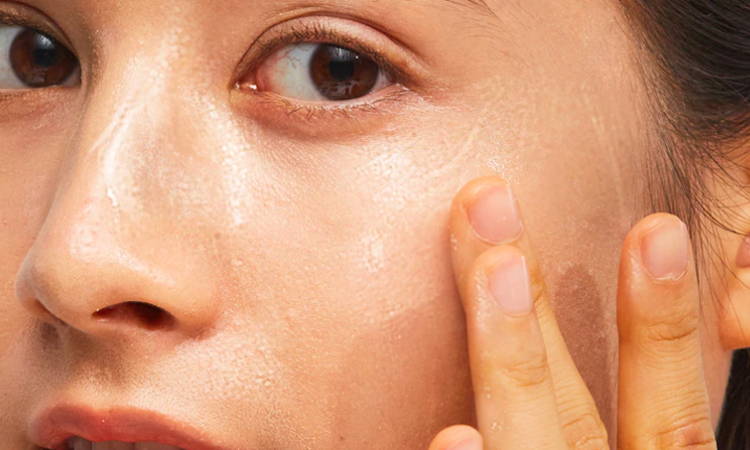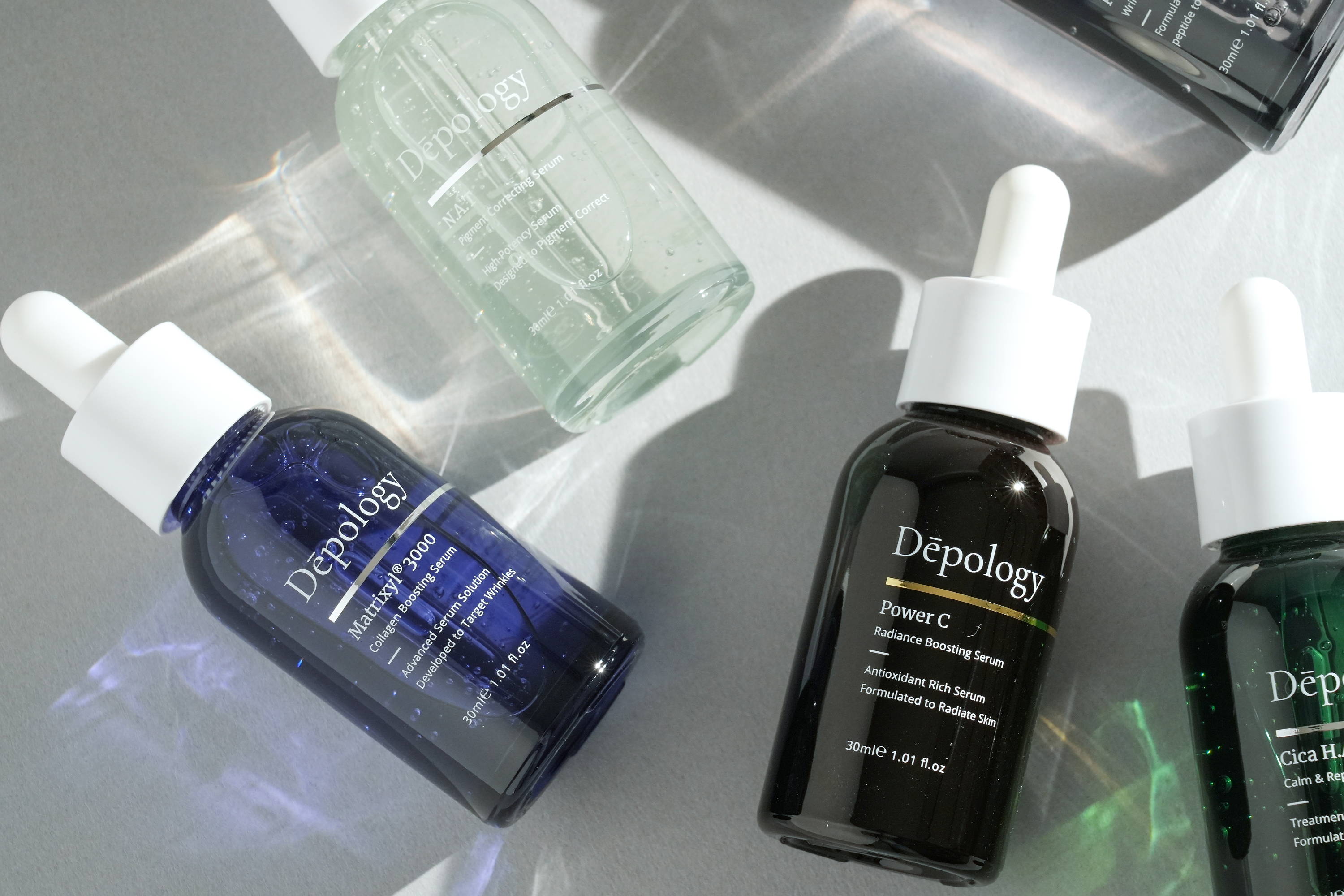
How To Remove Dead Skin From The Face
It might not be the most pleasant thing to think about, but everyone has dead skin cells on their face, which can make the skin look dull and dry. Exfoliating helps remove these dead skin cells and reveal fresh skin underneath. There are many ways to exfoliate the skin, but not all methods are created equal. We'll cover different types of exfoliants, how to use them, and when to exfoliate. By the end of this post, you'll be an expert on exfoliation!
Why Do We Have Dead Skin On Our Faces?
Humans shed millions of skin cells every day. Our skin regenerates itself approximately every 30 days. As new cells reach the surface, older ones die and fall away. Dead skin cells are simply part of this natural cycle.
How Does Exfoliating Help Remove Dead Skin Cells?
Dead skin cells naturally fall off when we wash or rub our faces, but that’s not always enough. Although dead skin provides a barrier against bacteria, too much buildup can make skin appear dull, dry, and uneven.
Exfoliation removes this buildup, revealing healthier, glowing skin. It also helps prevent clogged pores and breakouts.
Types Of Exfoliation And How To Use Them
There are two main types of exfoliation: mechanical and chemical. Both work well, but depending on your skin type, one may be better suited for you.
Mechanical Exfoliation
Mechanical (manual) exfoliation uses tools or textured products to physically remove dead skin cells. Types include:
- Washcloth — Gentle and suitable for sensitive skin. Use circular motions with light pressure.
- Sponge — Konjac sponges are highly recommended for being soft and effective. Wet and massage over the skin in circles.
- Dry Brushing — Uses a dry bristled brush in circular motions. Always be gentle.
- Face Scrub — Choose scrubs with small, smooth beads to avoid micro-tears. Apply with circular motions and rinse.
- Powders — Made from gentle ingredients like oats or rice bran. Mix with water and massage lightly before rinsing.
Chemical Exfoliation
Chemical exfoliants use acids to break down bonds between dead skin cells so they shed more easily. If you have very sensitive skin, start slowly to avoid irritation. Always follow product instructions.
There are three main types:
- AHAs — Glycolic, lactic, and citric acid. Great for brightening and targeting surface concerns.
- BHAs — Oil-soluble acids like salicylic acid penetrate pores deeper, ideal for oily or acne-prone skin.
- Enzymes — Gentle exfoliants derived from fruits (papaya, pineapple). Great for sensitive skin.
How Often Should I Exfoliate?
Your exfoliation frequency depends on your skin type and type of exfoliant. Sensitive skin: 1–2× per week Normal/combination skin: 2–3× per week Physical exfoliants: generally less often Listen to your skin and adjust accordingly.
The Final Verdict
Now that you understand how exfoliation works and the types available, you can confidently add it to your routine. Exfoliating helps keep your skin bright, smooth, and healthy — just remember to do it in moderation and according to your skin’s needs.













